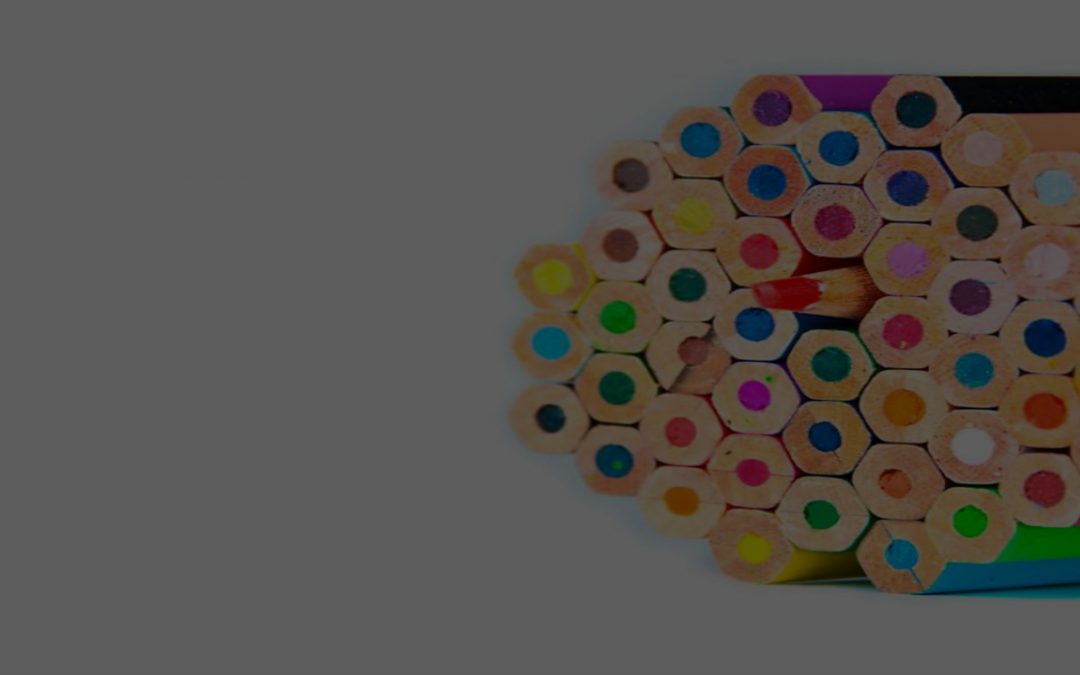Disruptors are always innovators, but innovators are not always disruptors, explains Virginia Monk of Network Research, who highlights how research can aid the disruption process.
Like most buzzwords, the term ‘disruptor’ has taken on a life of its own. Digging a little deeper into its meaning, we need to realise that although a disruptor is always an innovator, not every innovator is a disruptor.
Unfortunately, the words disruptive and innovative are still used interchangeably with the net result that there are a lot of blurred meanings.
THE REAL DISRUPTOR DEFINED
The definition of a real disruptor isn’t exactly black and white, but the term itself can be a key marketing ploy for new – mainly tech – companies in attracting consumers.
A disruptor brand is perceived as more exciting by marketing teams, particularly for millennials and younger consumers. Those marketing teams have willing allies in the press, always keen to hail the next Uber or Airbnb to prove how firmly they have their fingers on the pulse.
Really though everyone needs to calm down a little and look at what we really mean by the term disruptor, take a deep breath and be honest with ourselves about disruption versus innovation.
We see a similar pattern in the market research industry. Technology is a key driver of innovation in the industry and as we see a movement of marketing talent from tech companies into what used to be defined as fieldwork and data collection companies, we are seeing those same companies redefined as ‘tech companies’. As they endeavour to latch on to the disruptor revolution. A lot of the time though, it is down to clever marketing and marginal, incremental improvements in efficiency allowing the same things to be done more quickly or cost effectively. The underlying fundamentals remain untouched.
Let’s consider the difference between an innovator and a disruptor. A disruptor actually changes the way people do stuff, it enables them to do something new or something old in a radically different way. It takes normal behaviour and familiar thinking and completely turns it on its head. It would be easy to argue that a large part of disruption is destruction. A disruptor starts to diminish the value behind a normal process of business, either making it dramatically more efficient, adding previously undiscovered value or making something previously unachievable, attainable.
And it’s not just a one-off solution, it has an agenda of its own; it eventually transforms the market to being something or a model that everyone wants to copy. It ends up being the only viable model in town in pure business terms – it makes the current business model or even companies obsolete as it gives an advantage over current players.
IS DISRUPTION AN ILLUSION?
Companies like Uber, Airbnb and Spotify have seemingly turned their industries upside down and changed the game long term. But before Airbnb, there were a host of companies that allowed consumers the opportunity to rent out holiday homes, and before Spotify there were digital sites and applications that allowed consumers to stream music without buying individual albums and songs. However, a strong brand, a focus on customer experience, replete with a better and more convenient digital interface, and perhaps most importantly scalability, have allowed these ‘disruptor’ brands to take existing models and turn them into something that seems revolutionary.
If disruption is all in the brand, and interface, does that mean that disruption is an illusion? Well no, not really. As researchers, we know that perception is often truth, and the perception that a company is a disruptor can make it attractive to consumers and investors alike. The reality is more likely that it has a good idea to apply to an existing model, so what we see in the market research industry is the creation of brands that are attractive to investors and use marginal, tech based improvements to establish and image of disruption.
No one company or business model is safe. Any current model can, and should, be replaced on an ongoing basis if it means creating value for the customer and other stakeholders. Above all, it’s a simple matter of looking at the state of the industry from the consumer’s viewpoint. It’s about connecting a link, or filling in a gap in a service. Put the client, not the company, first and you’ll see solutions that weren’t in view before.
For example, Uber acknowledged the difficulty in the processes behind hailing a cab and the uncertainty surrounding the process, and when creating the company, it identified the quickest, easiest way for the customer to get from point A to point B. They didn’t think about how many cars or drivers they would need – they simply thought about the customer.
Of course, this is where market research and customer experience research come in. We need to understand what clients want so we can deliver just that, or even better, so we can predict what they want before they know they want it.
Author: Virginia Monk, managing director of Network Research

